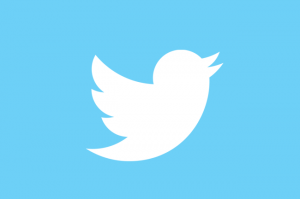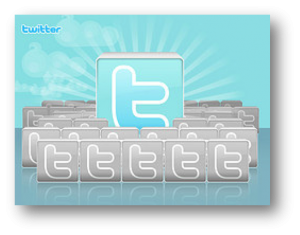Why some tweets catch on and why some businesses are killing it using Twitter.
One of the big challenges I find consistently in my daily personal Twitter activity is determining why some tweets get a lot of love and retweets and why some just sit there without a chirp to mention. This is exactly why I love this class I just watched from Nate Riggs, The Secret to Business Success on Twitter.
Here’s a summary of what I learned and how we at the Online Marketing Institute will apply it.
1) Build new cultural habits within the entire organization.
This is the theme of the entire class, and is a strong reminder that we don’t have a culture to be social. To work on what that means for us is the first step to making Twitter useful for our brand, and not just one more fleeting project we embark on.
2) How to be relevant in that moment.
The famous Oreo story (which like you, I am a bit tired of hearing about) on how it brought a brand manager and a social media manager together to quickly brainstorm amazing ideas to react and be relevant to the Super Bowl power outage provided a key takeaway. Be sure to ensure your brand is layered into your overall game plan.
3) Build infrastructure – alert system, quick approval
You need to know the rules of the game. Who tweets when; how to react to the negative tweets; and how to jump on a quick trend. There’s no time to just scramble or guess.
4) Be clear about your intentions.
Ask yourself, “Why are we on Twitter?” As my French partners would say, “What is your raison d’être?” For OMI, it’s something like this: “We are tweeting to provide good learning opportunities and places for marketers to learn digital.”
5) Be conversational and relevant.
As most people know, being excessively promotional will hurt your brand. If you want to engage folks, be sure to keep the tone casual, conversational, and relevant. You’d be surprised how many miss the relevance piece when they try to hijack a conversation and then start a promotional chest beating.
6) Actively participate.
Find the trending conversations that folks in the space are talking about and interested in. Don’t try too hard to create the conversation; just participate in what’s happening and offer helpful tweets on that topic.
7) Consistently take big, calculated risks.
Newcastle’s “If We Won” and Obama’s Big Bird campaign are a few examples of how taking a risk will get folks’ attention and offer the very real possibility that they will perk up and have an opinion. Just don’t be afraid.
Bonus: frictionless sharing.
Write tweets that are easy to retweet and quote (i.e., less than 100 characters so folks can toss in their two cents). Make the tweets as shareable in tone and interest for your audience’s audience as possible.
There you have it. Feel free to watch the class and go a bit deeper into Twitter strategies for driving real sustainable engagement.

